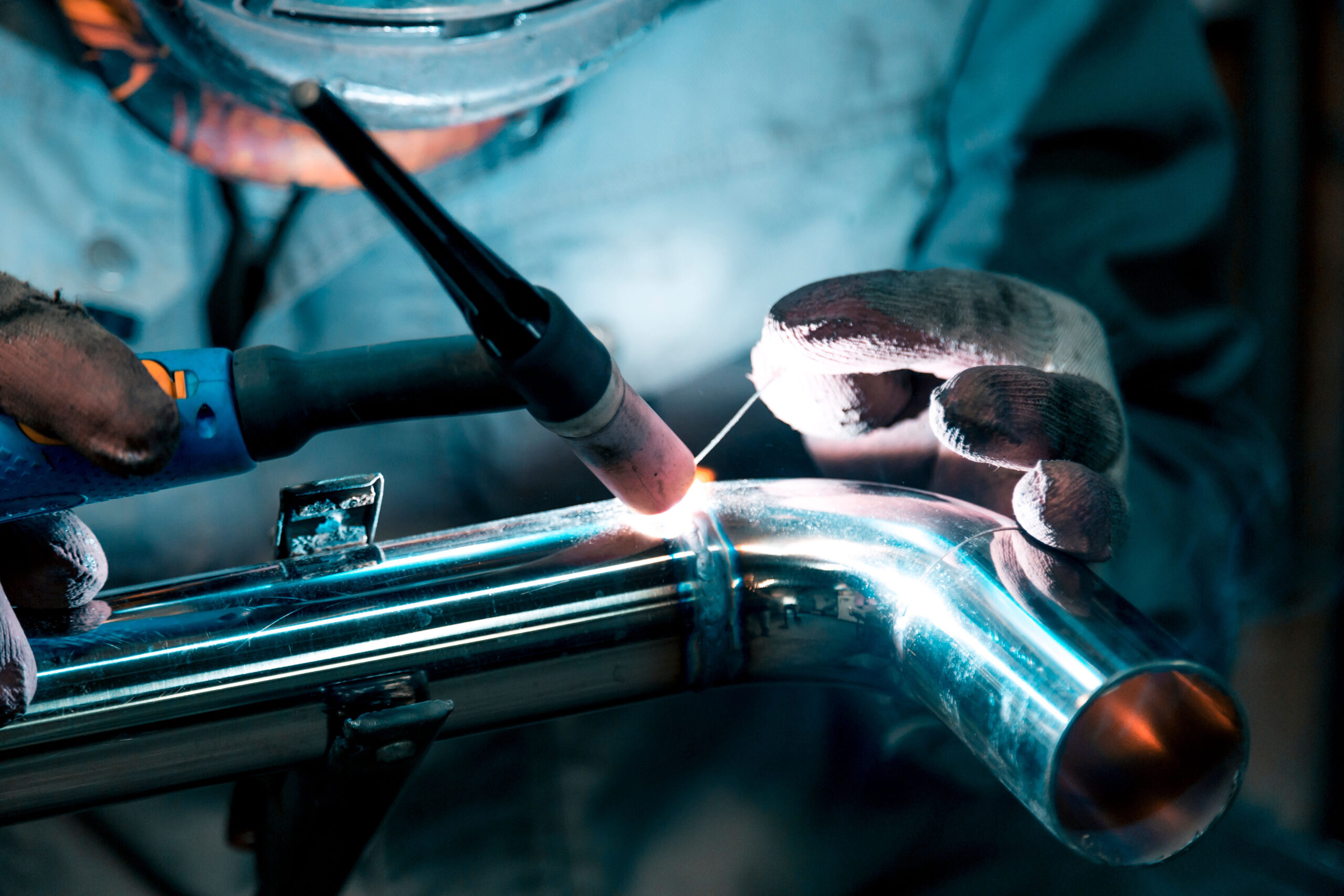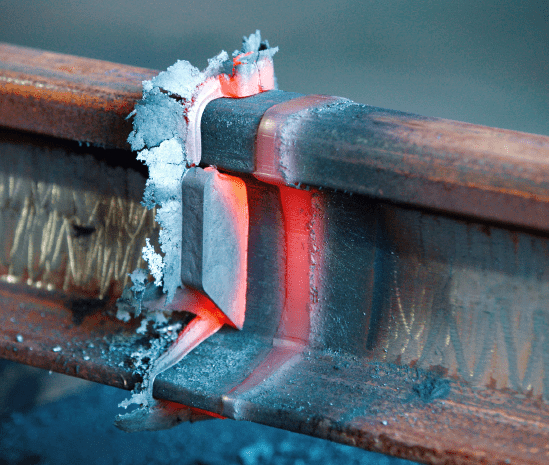The Ultimate Overview to Welding WPS Procedures: A Detailed Introduction for Welders
In the complex world of welding, Welding Treatment Requirements (WPS) offer as the backbone of making certain top quality, consistency, and safety and security in welding operations (welding WPS). As we dive right into the numerous elements of a WPS and check out the ins and outs of qualification and accreditation, we will certainly uncover the vital role these treatments play in the world of welding.
Value of WPS Procedures
Comprehending the importance of Welding Treatment Requirements (WPS) treatments is crucial for ensuring the high quality and stability of welded frameworks. WPS procedures function as a roadmap for welders, detailing the essential steps, parameters, and products needed to achieve a sound weld. By adhering to WPS standards, welders can make sure consistency in their work, bring about structurally audio and trustworthy welds.
Among the primary reasons why WPS procedures are vital is their role in maintaining weld top quality and honesty. Complying with the defined welding criteria and strategies outlined in the WPS aids avoid defects such as porosity, splitting, or insufficient fusion, which can endanger the strength and longevity of the weld. In addition, WPS procedures are critical for making certain conformity with sector criteria and codes. By adhering to established WPS guidelines, welders can show that their work satisfies the essential demands for security and quality, providing assurance to customers, assessors, and governing bodies. Essentially, the relevance of WPS procedures can not be overemphasized, as they are essential to achieving consistent, top quality welds that fulfill sector requirements and specs.

Elements of a WPS
A Welding Procedure Requirements (WPS) commonly consists of vital elements that information the details demands for performing a weld, making certain consistency and top quality in the welding process. The crucial components of a WPS consist of important variables such as base metals, filler steels, interpass and preheat temperatures, welding procedures, securing gases, welding positions, and post-weld heat therapy demands.
Base steels refer to the products being signed up with, while filler metals are used to fill the void in between the base metals throughout welding. Preheat and interpass temperatures are essential for controlling the warmth input and preventing concerns like cracking or distortion. The welding process lays out the specific technique to be utilized, whether it's gas metal arc welding (GMAW), protected steel arc welding (SMAW), or another technique. Securing gases protect the weld swimming pool from atmospheric contamination. Welding placements define the orientations in which welding can be done. Post-weld warmth therapy might be required to alleviate tensions and enhance the weld's homes. An extensive understanding of these parts is critical for creating a effective and extensive WPS.

Credentials and Qualification
Having established the crucial components of a Welding Procedure Requirements (WPS), the emphasis now moves in the direction of the important facets of credentials and accreditation in welding methods.

Qualification, on the various other hand, is the formal recognition of a welder's certifications by an appropriate accreditation body or company. Welding qualifications are normally based upon the particular welding processes, products, and positions a welder is qualified to work with. Holding a valid welding qualification shows that a welder meets market requirements and is experienced to execute welding jobs to the called for specs.
Developing a WPS
To establish a Welding Treatment Specification (WPS) that fulfills market requirements, careful factor to consider of welding processes, products, and operational parameters is vital. The very first action in creating a WPS is to recognize the welding process to be made use of, such as gas steel arc welding (GMAW) or secured metal arc welding (SMAW)

Applying and Keeping An Eye On WPS
Upon wrapping up the extensive Welding Treatment Requirements (WPS) that thoroughly details welding procedures, materials, functional specifications, and quality assurance steps, the emphasis moves to efficiently implementing and keeping track of the recognized procedures. Application includes making certain that all welders involved in the project are acquainted with the WPS browse around here and follow it meticulously throughout the welding process. Reliable implementation and monitoring of the WPS are critical for guaranteeing the stability, stamina, and safety and security of the welded joints, eventually adding to the overall success of the welding project.
Verdict
Finally, understanding and complying with Welding Procedure Requirements (WPS) is important for welders to ensure top quality, uniformity, and security in their job. By understanding the components of a WPS, obtaining appropriate certifications and accreditations, creating in-depth treatments, and applying and checking them properly, welders can enhance their abilities and effectiveness in welding techniques. Abiding by WPS procedures is necessary for creating high-grade welds and meeting sector standards.
In the complex world of welding, Welding Procedure Requirements (WPS) serve as the backbone of making sure quality, consistency, and safety and security in welding operations. The welding process details the specific method to be utilized, whether it's gas metal arc welding (GMAW), shielded steel arc welding (SMAW), or one more method.To develop a Welding Treatment Spec (WPS) that fulfills sector requirements, mindful consideration of welding Related Site processes, products, and functional criteria is crucial. The very first step in creating a WPS is to recognize the welding procedure to be made use of, such as gas steel arc welding (GMAW) or protected steel arc welding (SMAW)Upon settling the detailed Welding Treatment Requirements (WPS) that diligently details welding processes, products, functional specifications, and high quality guarantee actions, the emphasis changes to properly carrying out and monitoring the well-known procedures.